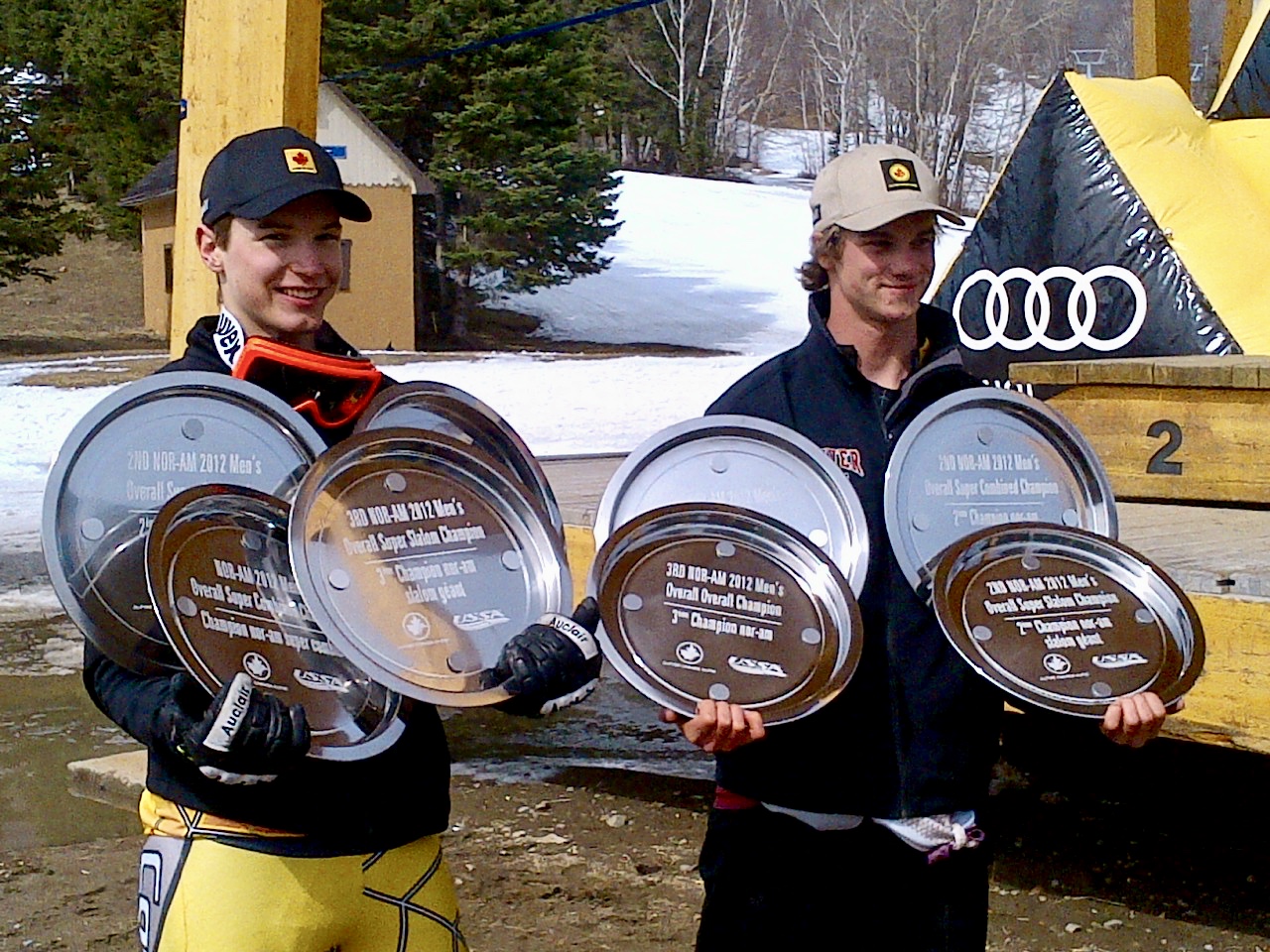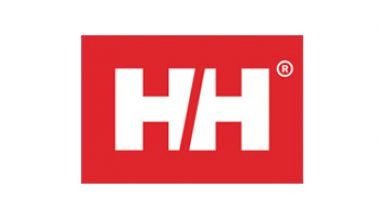Train to Race
BUILD THE SKI RACER & OPTIMIZE THE ENGINE
In this stage, training and competition schedules are individualized to fit the developing ski racer. All ski racers at this stage should have a periodized annual training plan designed for physical conditioning and technical/tactical preparation to maximize development.
At the beginning of this stage, the primary goal is to continue the refinement of technical skiing skill execution in a variety of training and competitive environments in varying disciplines at varying speeds to optimize performance and enhance a ski racers ability to perform on demand.
Ski racers apply tactical strategy through the use of discipline-specific courses that begin to simulate competitive environments and utilize drill courses to apply proper ski technique in a variety of tactical situations.
Exposure to international competitions is critical during this stage.
Freeskiing continues to play a significant role in the further development and maintenance of a good solid technical skiing skill foundation and adaptable ski racers.
Time on snow is a precious commodity during the winter months. Ski racers seeking the competitive pathway should aim to ski more than the minimum number of suggested days on snow. The time and mileage on snow are required to refine and consolidate technical and tactical skiing skills are difficult to replace in the competitive season.
- Boys After adolescent growth period
- Girls After adolescent growth period
- Dependent on skiing skills & fitness
- Club through Provincial Team Level

TRAINING AND COMPETITION
ON SNOW DAYS PER YEAR:
Minimum 100+ days per year. Ski racers are encouraged to ski as often as possible during the ski season and to ski with friends and family while balancing rest, travel, school/work and recovery needs. Most ski areas open late November/early December and close late March to mid-April.
Ski racers are encouraged to participate in 2 to 4, on-snow offseason camps to boost their number of days on-snow (40 to 50 days). Late spring and early summer are perfect opportunities to refine technical skiing skills. Late summer and fall are great time periods to work on transferring technical skiing skills into tactical environments.
THERE WILL BE DIFFERENCES IN ALL REGIONS DUE TO THE LENGTH OF THE SEASON AND THE PRESCRIBED NUMBER OF DAYS ON SNOW SHOULD SERVE AS THE BENCHMARK. SKI RACERS SEEKING THE COMPETITIVE PATHWAY WILL SKI MORE THAN THE RECOMMENDED MINIMUM NUMBER OF DAYS ON SNOW. THE NUMBER OF DAYS ON SNOW WILL VARY BASED ON THE GOALS AND ASPIRATIONS OF THE INDIVIDUAL SKI RACER.
ON SNOW VOLUME RECOMMENDATIONS:
- Minimum four days per week and an additional one to two days to promote skiing five to six days per week when possible throughout the ski season.
- Providing a quality sport experience for the ski racer is of utmost importance. All activities should provide the appropriate level of challenge while maintaining an element of fun to build the ski racer while optimizing the engine and instilling a love for ski racing.
- Competition environments, venues and course sets, should promote racing allowing ski racers to push their limits while carving on the outside ski and skiing as fast as possible from start to finish.
- The ski racer strengthens their ability to define their line and tactical approach to be used in competition in partnership with their coaches. Ski racers are encouraged to develop their inspection skills during training and competition.
- Ski racers are encouraged to practice their starts including the use of team event and ski cross start gates. Ski racers should also practice starting while wearing super giant slalom and downhill length skis. Race to the first gate!
- Gate environments should be set according to the FIS course setting guidelines.
- Drills and courses at the Train to Race stage should match the skill level of the ski racer to promote the proper level of challenge and promote the development of a winning style of play.
- The ski area is the playground: 35% of the time on-snow should be (structured and unstructured) freeskiing.
GENERAL TRAINING:
GENERAL TRAINING INCLUDES TECHNICAL FREE SKIING, DRILLS, AND COURSEWORK TO APPLY FOUNDATIONAL TECHNICAL SKIING SKILLS IN VARIOUS TACTICAL SITUATIONS.
- Time on-snow should include gate training environments and structured and unstructured training, technical freeskiing, skiing in bumps, steeps, terrain parks, trees, and off-piste to encourage the development of spatial awareness, action and reaction, adaptability, balance and athleticism on skis.
- Course sets should be set both rhythmically and arrhythmically utilizing a variety of terrain including rollers, small wave tracks and spines. Include delays and combinations.
- Courses should test the broadest range of ski technique, changes of direction, and utilize different radii turns to promote the development of adaptability and athleticism on skis.
- Course sets should test the ski racers inspection skills and their ability to look ahead.
- Course sets should promote decision making and improve a ski racers ability to navigate a variety of course sets resulting in the ski racers ability to the fastest time regardless of the course set in competition.
- Use of timing during training is important to promote self-discovery and feedback when ski racers are testing their inspection and tactical execution skills.
- Development of speed and ski cross skills through participation in regional, provincial and national training speed and ski cross training camps.
- Speed and ski cross camp training environments can provide ski racers with a safe training environment where they can focus on the development of their skills to race confidently at speed over and through various naturally occurring and machine-made terrain features.
- Speed elements training should include gliding, tucking, jumping in both a super g and downhill environment on super g and downhill skis.
Ski racers are encouraged to ski with friends and family as often as possible while balancing rest and recovery, travel and educational demands. Ski for the soul!
COMPETITION SPECIFIC TRAINING AND COMPETITION:
Ski racers should be encouraged to compete in a variety of events while focusing on their strongest events:
- Simulation Races and Time Trials.
- Sprint format events with multiple runs per day, i.e., two races in one day.
- Giant slalom and slalom events.
- Panel slalom and dual "team" events.
- Super G and Downhill events.
- Alpine Combined.
- Ski-Cross
- Fun races and skills events, club or local with no pressures.
COMPETITION STARTS AND TYPES:
SKI RACERS SHOULD COMPLETE 40 TO 50 DAYS OF ON SNOW TRAINING AT PRIOR TO DECEMBER 1.
Ski racers compete at the provincial, national and international events depending on their individual goals and aspirations:
- Ski racers are formally introduced to FIS Racing
- Participate in some Provincial and Regional events
- Exposure to FIS racing and training camps in Europe in-season and out of season
- Exposure to NorAms, European Cups and World Junior Championships
- Ski Cross participation includes both the FIS & NorAm levels
In the Train to Race stage, the number of competition days ranges from 22 to 40 depending on the individual ski racers goals and aspirations.
Set all competition courses according to the FIS ICR.
NOTE: AT A MINIMUM, TWO DAYS OF TRAINING ARE REQUIRED PER COMPETITION START.


